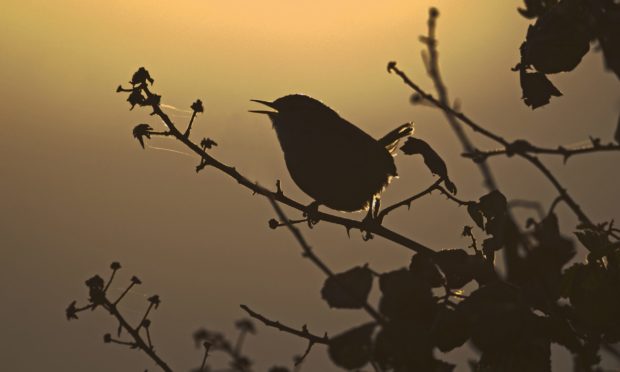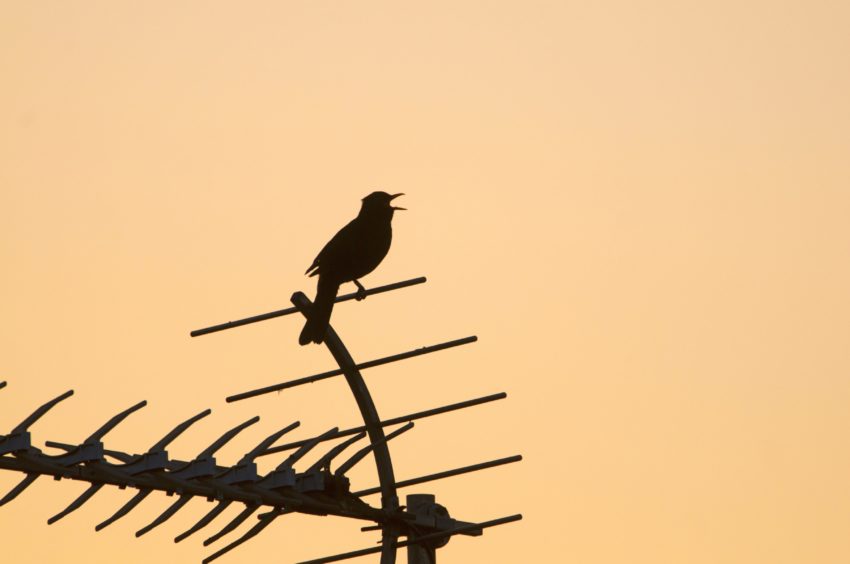The dawn chorus is one of the true joys of spring, and well before sunrise each morning, it is wonderful to hear blackbirds and song thrushes delivering their sweet melodies.
It is almost as if the males have been impatiently holding all their pent-up energy during the night, waiting for the faintest glimmer of light in the eastern sky as a cue for unleashing their music like a natural relief valve.
For me, the blackbird and the song thrush are right at the top the league when it comes to the quality of their song, and I am forever undecided as to which is my favourite.
The tune of the song thrush is wonderfully varied, one delicious short couplet, followed by another, and so on, each phrase slightly different from before.
The song thrush crafts each note with care and precision and it has been estimated that the repertoire may approach 100 different phrases.
This was remarked upon by Robert Browning in his poem ‘Home Thoughts from Abroad’. “That’s the wise thrush; he sings each song twice over/Lest you should think he never could recapture/The first fine careless rapture!”
The blackbird has a mellow, flute-like song, a lilting lullaby that comprises a bountiful mix of notes.
Describing bird song with the written word is always challenging, but the renowned 20th century ornithologist made a good attempt on the blackbird when he wrote: “The song is loud, clear and very beautiful, but has a weak ending, almost a hissing collapse”.
Coward was probably being overly harsh in his description of the ending, for I find the low-key finish entirely appropriate, and which only serves to highlight the beauty of the main part of the song.
The song thrush has a much longer singing period than the blackbird and will often be in full musical flow by mid-January, even when the mornings are cold and frost laden.
Last year, I was still hearing song thrushes well into August, whereas most blackbirds will have fallen silent long before then.
The other star singing performer is the blackcap, a small warbler that visits Scotland in spring and summer.
The song is delivered with a quite startling boldness; there is no gentle warm up or soft introductory tones, just an incredible short blast of high intensity music.
Thomas Coward noted the individual variation of some bird song. For the chaffinch, he wrote: “The rollicking song, often begun in February, is a rattle with an exuberant ending, which, however, varies, not only in different localities, but individually”.
Gilbert White, the 18th century nature diarist, was similarly intrigued by the small variations in the call of the tawny owl, remarking upon the different keys that some individuals hooted.
Such nuances are way beyond my non-musical ear – and I am more than content to revel in the beauty of bird song, rather than analyse the critical detail.
Info
Male songbirds sing to mark out their territories and to attract a mate.
There are several theories why bird song is most intense at dawn – one being that the air is often still then, and the sound carries further.











